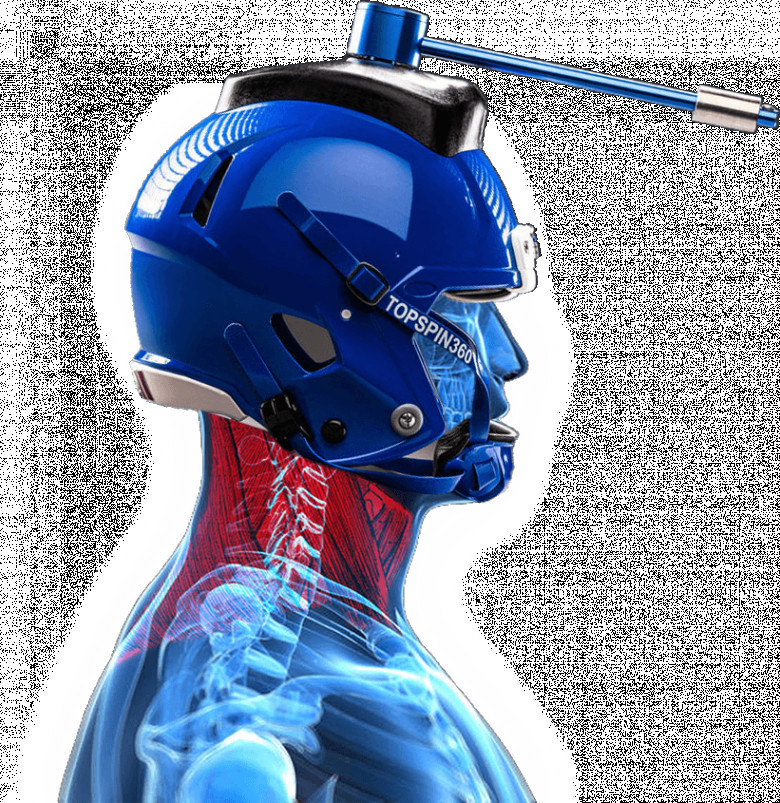views
In contact sports, athletes often focus on strengthening their arms, legs, and core—but one crucial area is frequently overlooked: the neck. Research continues to show a clear connection between neck strength and concussion, making it an essential component of injury prevention.
Weak neck muscles mean less control of head movement during collisions or falls, which increases the chance of the brain being jolted inside the skull—a primary cause of concussions. This blog explores why neck strength matters, the risks of neglecting it, and what you can do to protect athletes at every level.

The Link Between Neck Strength and Head Injury Risk
When an athlete experiences a sudden impact, whether from a tackle, header, or fall, the force doesn’t just affect the body—it travels up through the shoulders and neck to the head. If the neck is weak, it can’t effectively stabilize the head. This allows for greater acceleration and movement of the brain inside the skull, which significantly raises concussion risk.
A pivotal study published in the Journal of Primary Prevention found that for every one-pound increase in neck strength, the odds of concussion decreased by 5%. This highlights just how critical neck strength is for reducing injury risk.
Why Young Athletes Are Especially Vulnerable
Children and teens are at even higher risk because:
-
Their neck muscles are less developed
-
Their heads are proportionally larger than their bodies
-
They may not yet have the motor control to absorb or deflect impact
This makes neck strength and concussions a top concern in youth sports like football, soccer, and hockey.
How to Strengthen the Neck Safely and Effectively
To reduce concussion risk, athletes should include neck training as part of their regular conditioning routine. Here’s how to do it effectively:
1. Use Purpose-Built Equipment
Tools like TopSpin360 are designed specifically to train neck muscles dynamically in all directions. This reactive training builds real-world control and stability—key for preventing concussions in fast-paced sports.
2. Focus on Multi-Directional Strength
Don’t just train forward and backward motion. Lateral and rotational strength are equally important for controlling unexpected hits or movements.
3. Keep Training Consistent
Just like any other muscle group, the neck needs regular conditioning. Short sessions, 2–3 times per week, can yield strong protective benefits over time.
What Coaches and Parents Can Do
If you coach or care for an athlete, take these proactive steps:
-
Advocate for neck training in preseason and in-season workouts
-
Educate athletes on the importance of neck strength for brain health
-
Invest in specialized tools like TopSpin360 for safe and effective training
-
Monitor progress and adjust routines as athletes grow or compete at higher levels
Final Thoughts
Neck strength may be easy to overlook—but it plays a massive role in protecting athletes from concussions. By understanding the relationship between neck strength and concussion, and implementing targeted training, coaches, parents, and athletes can take control of one of the most preventable aspects of head injury.
With the right approach, stronger necks mean safer athletes—and fewer concussions.






















Comments
0 comment